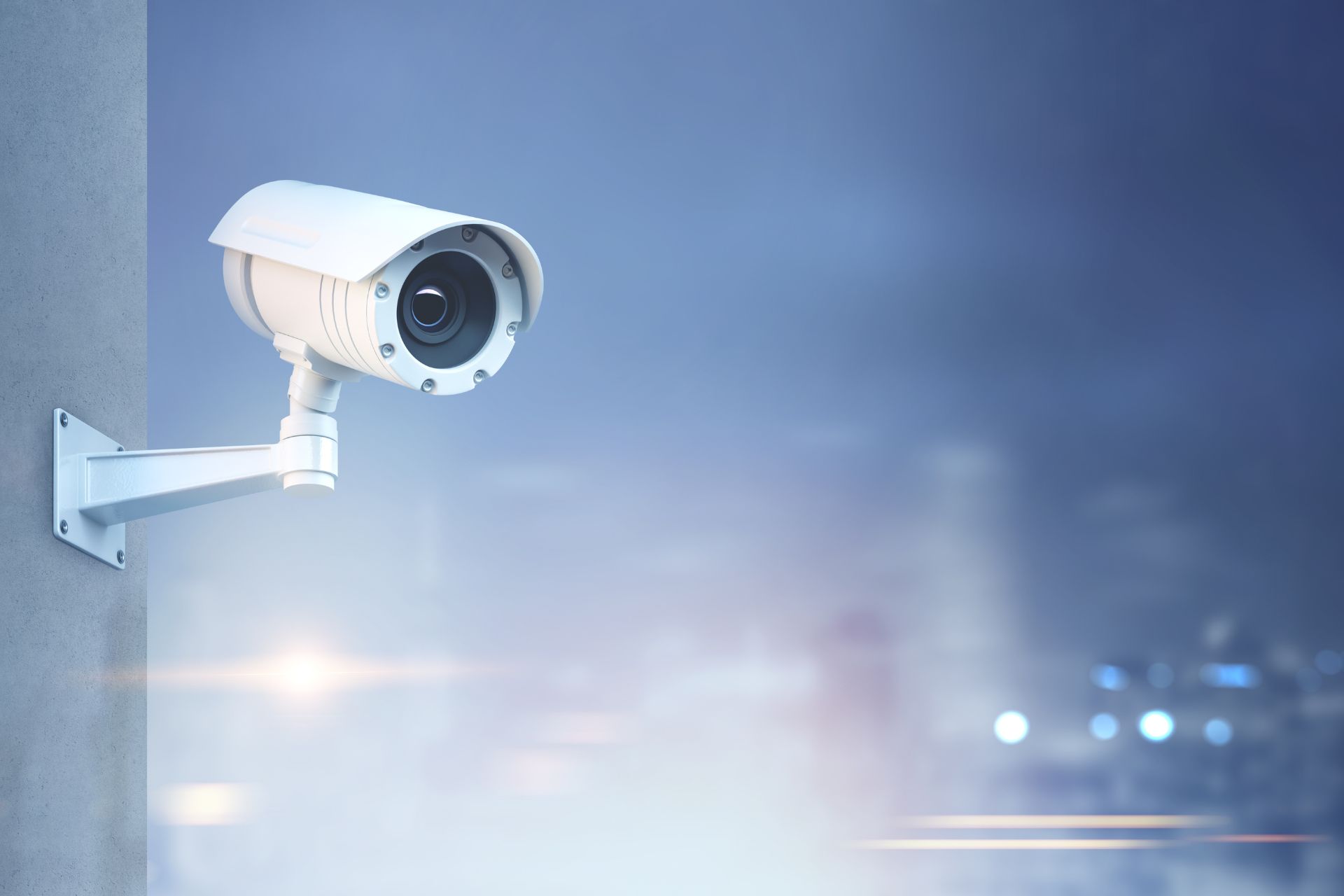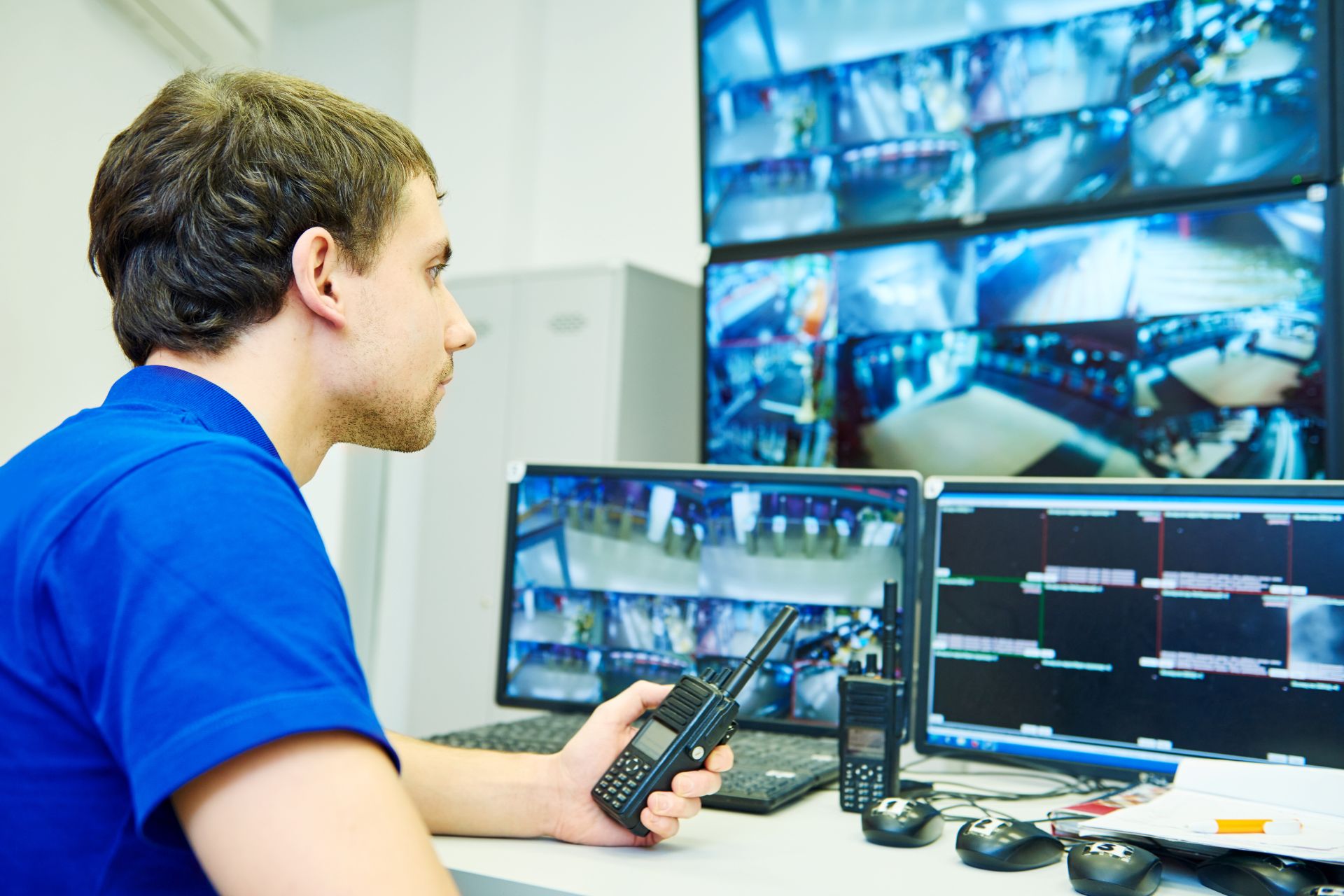Frequently Asked Questions
In retail environments, the ideal mounting heights for outdoor surveillance cameras typically range from 8 to 12 feet above ground level, ensuring optimal coverage and minimizing blind spots. This height allows for a comprehensive field of view, capturing essential details such as customer interactions, potential theft incidents, and overall foot traffic patterns. Additionally, positioning cameras at this elevation helps to deter criminal activity while reducing the likelihood of vandalism or tampering. It is crucial to consider the specific layout of the retail space, including entry and exit points, parking lots, and high-traffic areas, to strategically place cameras for maximum effectiveness. Furthermore, utilizing adjustable mounts can enhance flexibility, allowing for fine-tuning of angles to achieve the best possible surveillance outcomes.
To determine the optimal angles for camera placement that effectively minimize blind spots, one must conduct a comprehensive site analysis, taking into account factors such as the field of view (FOV), camera resolution, and the specific layout of the environment. Utilizing tools like 3D modeling software can aid in visualizing potential camera placements and their coverage areas. It is essential to consider the height and tilt of the cameras, as well as the presence of obstructions like furniture, walls, or landscaping that could impede visibility. Implementing a strategic grid system can help in mapping out the surveillance zones, ensuring overlapping coverage between cameras to eliminate any gaps. Additionally, employing pan-tilt-zoom (PTZ) cameras in critical areas can enhance flexibility and responsiveness, allowing for real-time adjustments to the viewing angles. Regularly reviewing footage and conducting site assessments can further refine the camera positioning strategy, ensuring that all high-risk areas are adequately monitored while minimizing any potential blind spots.
When considering outdoor surveillance cameras that excel in low-light conditions, infrared (IR) cameras and low-light cameras are among the most effective options. Infrared cameras utilize infrared LEDs to illuminate dark areas, allowing for clear night vision without visible light, which is crucial for maintaining discretion during nighttime monitoring. Additionally, low-light cameras are equipped with advanced image sensors that enhance their ability to capture detailed footage in dimly lit environments, often employing technologies such as Starlight or LightFusion to optimize image quality. These cameras typically feature wide dynamic range (WDR) capabilities, which help balance exposure in scenes with both bright and dark areas, ensuring that critical details are not lost. Furthermore, models with built-in motion detection and smart analytics can provide real-time alerts, enhancing security measures during low-light hours. Overall, the combination of infrared illumination, advanced sensor technology, and intelligent features makes these surveillance cameras highly effective for outdoor security in challenging lighting conditions.
To effectively position cameras for monitoring entrances and exits while adhering to privacy laws, it is crucial to strategically place surveillance equipment in a manner that focuses solely on public areas, such as doorways and pathways, without encroaching on private spaces. Cameras should be mounted at a height that captures clear images of individuals entering and exiting, ideally angled to avoid capturing footage of adjacent private properties or areas where individuals have a reasonable expectation of privacy, such as windows or secluded corners. Utilizing wide-angle lenses can enhance coverage while minimizing blind spots, and implementing signage to inform individuals of surveillance can further ensure compliance with legal requirements. Additionally, employing motion detection technology can help limit recording to active periods, thereby reducing unnecessary footage and respecting personal privacy. Regular audits of camera placement and functionality can also ensure ongoing adherence to privacy regulations while maintaining security objectives.
To effectively protect outdoor surveillance cameras from adverse weather elements, several best practices should be implemented. First, utilizing weatherproof enclosures or housings that are rated for specific environmental conditions, such as IP66 or IP67, ensures that the cameras are shielded from rain, snow, dust, and extreme temperatures. Additionally, installing the cameras under eaves or awnings can provide an extra layer of protection against direct exposure to precipitation and UV rays, which can degrade the camera's housing and lens over time. Employing anti-fogging solutions or desiccant packs within the enclosures can help prevent moisture buildup on the lens, ensuring clear visibility. Furthermore, regular maintenance, including cleaning the camera lenses and checking for any signs of wear or damage, is crucial for optimal performance. Finally, using surge protectors can safeguard the cameras from electrical surges caused by lightning strikes or power fluctuations, thereby enhancing their longevity and reliability in outdoor settings.

